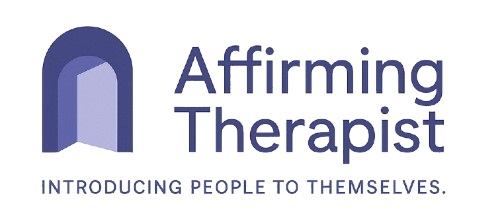Dream Analysis: A Gentle Invitation to Your Inner World
All around the world, for as long as we’ve been human, people have turned to dreams for insight and healing. Among the Iroquois people, for example, illness was sometimes seen as the result of unfulfilled wishes revealed in dreams. When no other cause could be found, a “festival of dreams” would be held—community members would help by gifting the sick person the objects revealed in their dreams.
I love that example. It reminds us that dreams have always been seen as meaningful, even essential. They speak in a language that’s both deeply personal and rooted in something shared—a human instinct to make sense of our lives and find healing in the process.
Carl Jung (1964) called dreams “the small hidden door in the deepest and most intimate sanctum of the soul.” He believed they open us to what’s unconscious in us—not to confuse or frighten us, but to help us become whole.
My Own Journey with Dreams
Image generated by AI with assistance from ChatGPT (OpenAI, 2025).
I didn’t start exploring dreams because I was a therapist. It actually began as part of my own spiritual practice. Years ago, I had a vivid dream about undergoing a transformation that would let me breathe underwater. I remember feeling so excited about it. In the dream, I was holding a purple flag in one hand and a rainbow flag in the other, performing in front of many important people.
That dream felt profound to me. I didn’t fully “figure it out” at once. Instead, I began journalling my dreams regularly, growing to see them as layered, symbolic, and often a little mysterious. Over time, I learned to approach them not as puzzles to solve, but as conversations to have.
That’s why I don’t talk about “interpreting” dreams so much as “analysing” them. Interpretation implies there’s one right answer, one hidden code to crack. Analysis honours the idea that dreams always keep part of their mystery.
How I Approach Dream Analysis in Counselling
When I work with clients, I see myself as a companion in this exploration. I don’t impose my own spiritual or cultural beliefs. Instead, I hold space for you to explore your dreams through the lens of your beliefs, your language, your sense of meaning.
Because dreams take many forms, I find it helpful to think about the images and objects in them as falling into three broad types:
Those from a person’s spiritual or religious tradition (like a dove)
Those from modern, everyday life (like cars)
Those with very personal meaning unique to the dreamer
A useful question is: Why did this particular dream come to you now? When you can answer that in a way that feels true to you, you’re on the path to understanding what your inner world is trying to say.
I also use the term dream maker to talk about where dreams come from. It’s a deliberately neutral phrase. Different people see dreams as coming from God, the Self, ancestors, the unconscious mind. Using a neutral term honours your beliefs without imposing my own.
A Shame-Free Space for Your Whole Self
Dreams can be incredibly intimate. They may contain desires, fears, conflicts—even explicit sexual content. I see these not as something to censor or feel ashamed about, but as meaningful messages from the dream maker. In counselling, I offer a shame-free space to explore whatever emerges.
Dream analysis isn’t about making you fit some theory. It’s about helping you hear your own wisdom, supporting healing and change on your terms.
If you’re curious about your dreams—if they’re troubling you, intriguing you, or simply won’t leave you alone—I’d be honoured to help you explore them.
Let’s talk. Reach out to me today to schedule a counselling session where your dreams, and your whole self, are welcome.
Reference
Jung, C. G. (1964). Civilization in Transition (Vol. 10). Princeton University Press.

